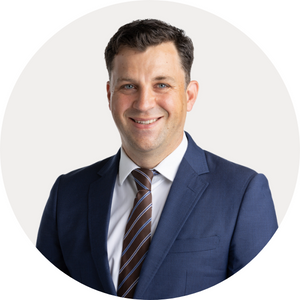News | 25 Oct 2022
Our new global trade service: TradePrism

I am thrilled to announce we have launched our new global trade service, TradePrism.
TradePrism is the most comprehensive forecasting service for trade. Offering 1200 product-level forecasts of trade between 46 major economies, and high-level indicators for an additional 137 economies delivered through an interactive data visualisation platform allows organisations to understand the key trends across global trade.
What will TradePrism include?
Comprehensive country and product coverage
Detailed bilateral trade projections between 46 economies for up to 1,200 products and total bilateral trade flows for an additional 137 countries.
Volume of Trade
Trade flows are measured in constant USD, tonnes, and by mode of transport. The data platform will also include price deflators (identify if changes in trade value come from the change in price or quantity) and core macroeconomic information.
Distinctive Visualisation
Data will be presented geographically which makes it easy to identify key relationships and how these change over time.
Scenario Capabilities
Work with our economists to build impactful scenarios for global trade – either from the top-down (i.e., changes to the global growth outlook), or from the bottom-up, such as changes in a specific bilateral trading relationship.
Find out more
Get in contact for a personalised walk-through on exactly how TradePrism can service you, or alternatively explore the service through the button below.
Meet the team

Darren Anderson
Head of Global Transactions, OE Australia
+61 2 8458 4210

Darren Anderson
Head of Global Transactions, OE Australia
Sydney, Australia
Darren heads up our global transactions team, with a focus on both commercial and economic due diligence. He is also a specialist in freight movements, both at a port level and as the lead on Oxford Economics’ global TradePrism service.
Tags:
You may be interested in

Post
Demographics are set to propel niche property types in the UK
As the UK population ages, time-use data suggest that the property sectors with structural tailwinds will be those that provide space for activities related to home entertainment, eating and drinking, socialising, events, leisure, hobbies, and sports/exercise.
Find Out More
Post
Amid disruption, what can US office learn from retail?
We examined the disruption of generative AI at the US county level. We identified several metros – Atlanta, Denver, New York, San Francisco, and Washington DC – that had at least one county with the highest percent of displaced workers from AI.
Find Out More
Post
Global Private equity real estate fund maturities spur asset sales
We expect the significant increases in fund maturities, spurred by capital raised over the past decade, to exert upward pressure on the rate of asset disposals as the funds approach the end of their lifecycles.
Find Out More